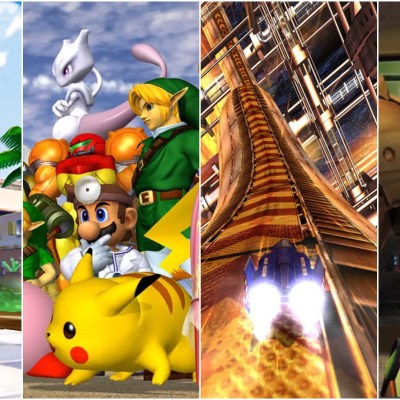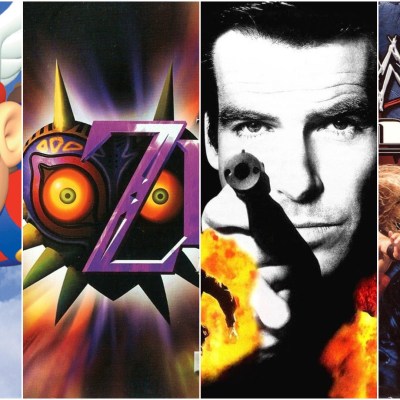15 Best SNES Platformers Ever
The SNES features some of the best platformer games ever made, but which of these 15 classics comes out on top?
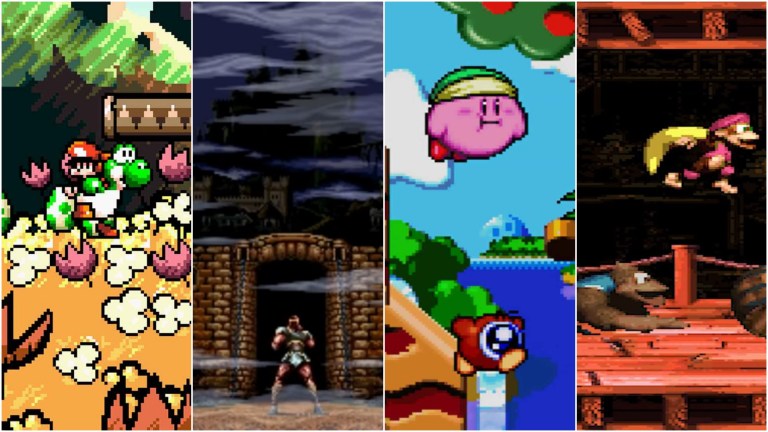
Platformers have long been an entry point for new gamers. Video games may have greatly expanded in scope over the years and now offer so many different genres and experiences that it’s nearly impossible to keep track of them, but that’s actually a big part of the reason why it’s still so much fun to look back at these timeless games where the main objective was often to simply jump from one place to the next.
There is no console that celebrated the brilliance of the platformer better than the Super Nintendo Entertainment System. The SNES may be best known for expanding the adventure and RPG genres, as well as raising a generation’s expectations for video game graphics, but few consoles have come close to rivaling the Super Nintendo’s library of classic platforming titles.
It’s hard to narrow this list down to just 15 games, but from action-based platformers to pure platforming classics, these are the best examples of this timeless genre that the SNES gifted the gaming world.
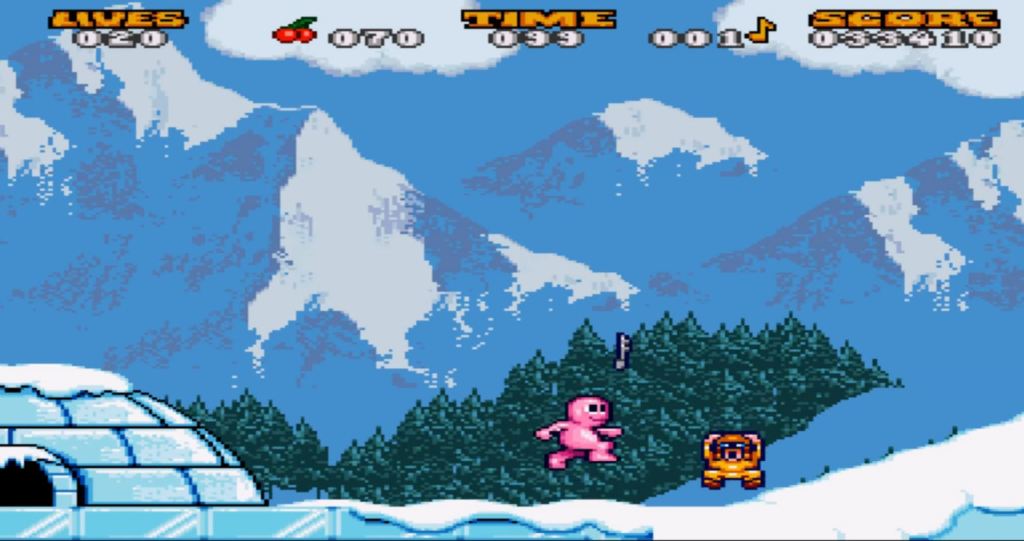
15. Jelly Boy
Putting you in control of a jelly baby (a candy that is popular in the U.K. and surrounding areas), Jelly Boy was only released in Europe when it debuted in 1994. The game has a colorful aesthetic and some unique platforming elements built around the main character’s ability to transform into a myriad of vehicles, tools, and other objects. Those metamorphoses will be familiar to anyone who has played a Wario Land title or Kirby’s Epic Yarn.
Admittedly, Jelly Boy‘s mechanics can be a little clunky and the controls are deficient compared to some of the later games on this list. Still, you will be hard-pressed to find a more original platformer on the console that isn’t made by Nintendo themselves. You can even play it now via the Nintendo Switch Online service.
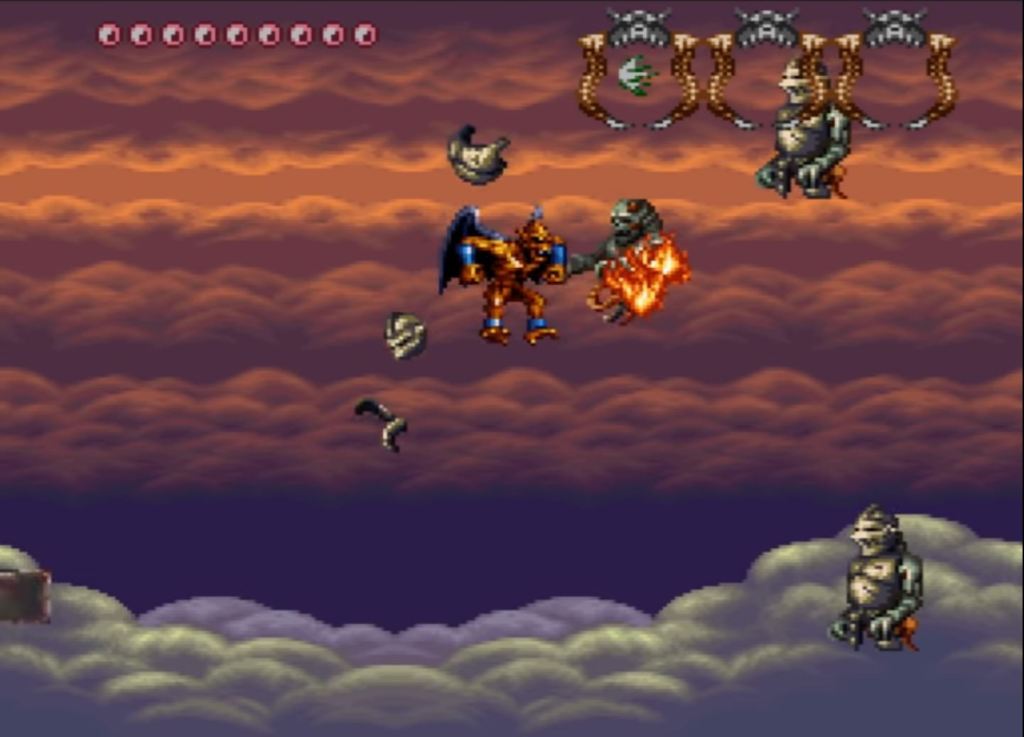
14. Demon’s Crest
Released by Capcom in 1994 as the third game featuring the character Firebrand (who debuted in the Ghosts ‘n Goblins series), Demon’s Crest is a forgotten gem in the SNES catalog. It adds some variety to the traditional action-platformer by giving the playable protagonist the ability to fly and shoot fireballs as well as access other upgradeable attacks and maneuvers as their quest rolls along. That feature adds a little Zelda-like adventuring to the mix, and you’ll certainly need those late-game power-ups because this platformer means business.
There are many difficult platformers on this list, but few boast the plethora of boss battles seen in this one. It’s actually similar to Mega Man in terms of its fighting style and jumping requirements, so if you are looking for an alternative to the Blue Bomber that keeps the basics of the genre intact, you’ll have a hard time doing better than Demon’s Crest.

13. Joe & Mac
Joe & Mac is honestly a fairly basic platformer for its era. What gets it onto this list of the best games in that genre, though, is the creativity and execution of its setting.
The game sees you control two different cavemen who rely on basic prehistoric items such as fire, bats, bones, etc. The bosses are pretty cool (dinosaurs are fun for all ages) and the controls hold up well enough that you won’t ever feel like you have to force the avatar into doing something that the interface simply won’t allow for. The game spawned a sequel that was also released on SNES, but the original is unique enough to get the nod here.
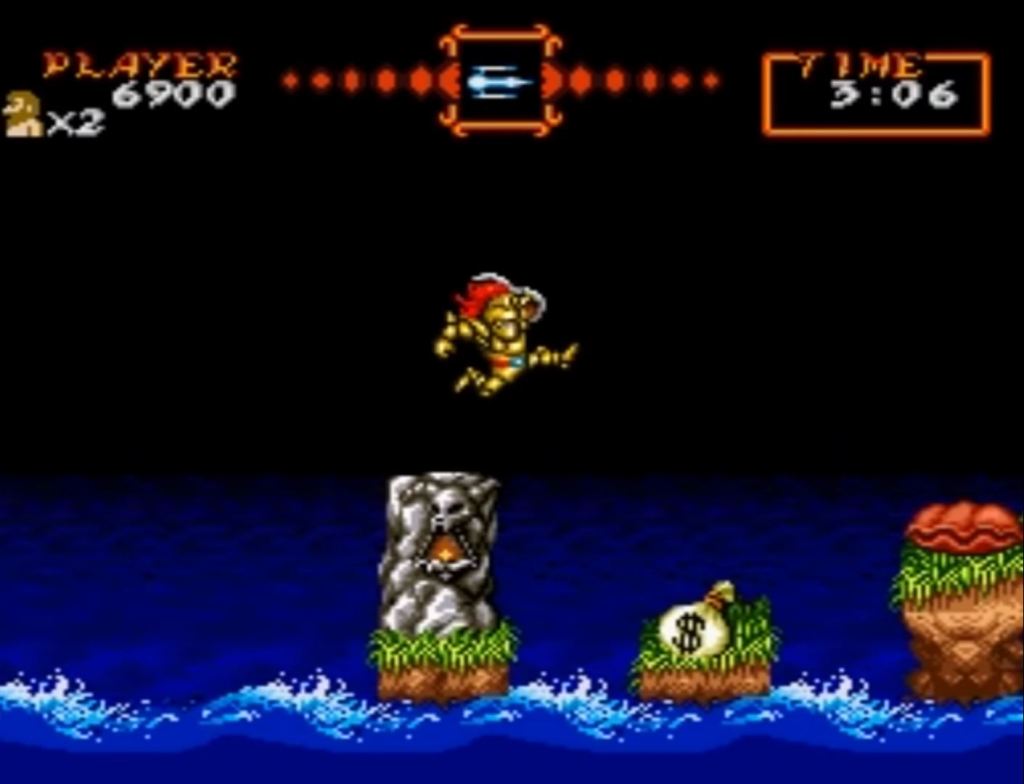
12. Super Ghouls ‘n Ghosts
Despite what the title may suggest, Super Ghouls ‘n Ghosts is actually the third game in the Ghosts ‘n Goblins series. Like the previous games, this classic sees you battle various monsters and bosses that fit the setting nicely. Although the game is maybe a little too action-heavy to get the nod over the SNES’ best platformers, it uses its platforming elements to elevate the entire experience.
The difficulty is insanely high and the sheer amount of sprites on screen at once can lead to some lag that only adds to the frustrations of this arduous journey, but the game has a way of keeping things light and humorous when the frustration sets in. How many other games see the protagonist stripped of their armor, quite literally, when he takes too many hits?
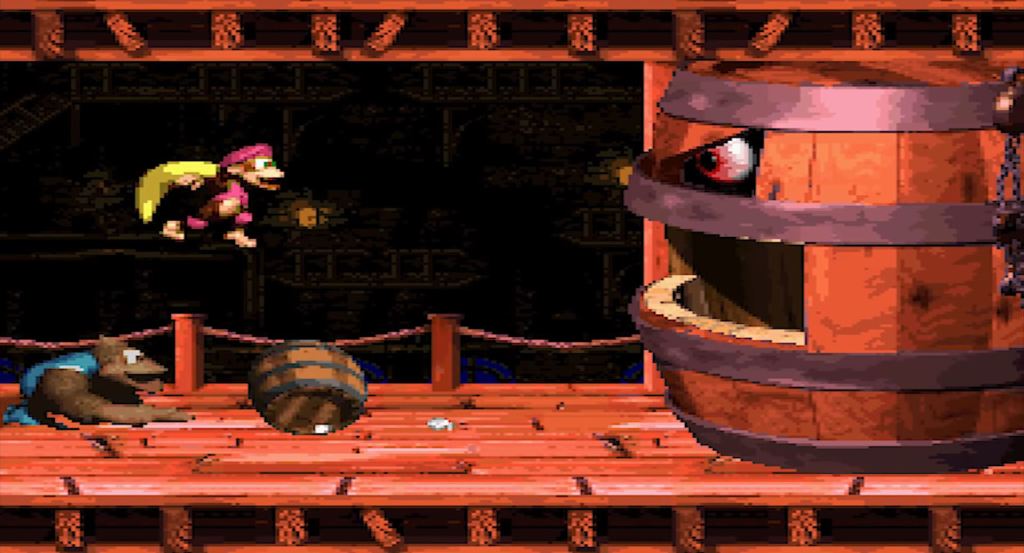
11. Donkey Kong Country 3: Dixie Kong’s Double Trouble!
The third installment in the beloved Donkey Kong Country trilogy certainly isn’t hated by many, but it is usually viewed as a step down from the first two games. Whether that has to do with a change in composer for the soundtrack, the inability to play as Donkey or Diddy, or the fact it was released after the Nintendo 64 was on the market, the title’s sometimes mixed reputation often prevents it from being appreciated as a divine platforming experience.
The environments and storytelling in this game are well-executed. If you’re observant, you may even notice that the developers were trying to say something about the sad state of ape habitats and pollution in the wild. Even if you didn’t dive too deep into that surprising bit of social commentary, you’ll likely find that the platforming in this one remains top-notch and that the overall experience remains severely underrated.
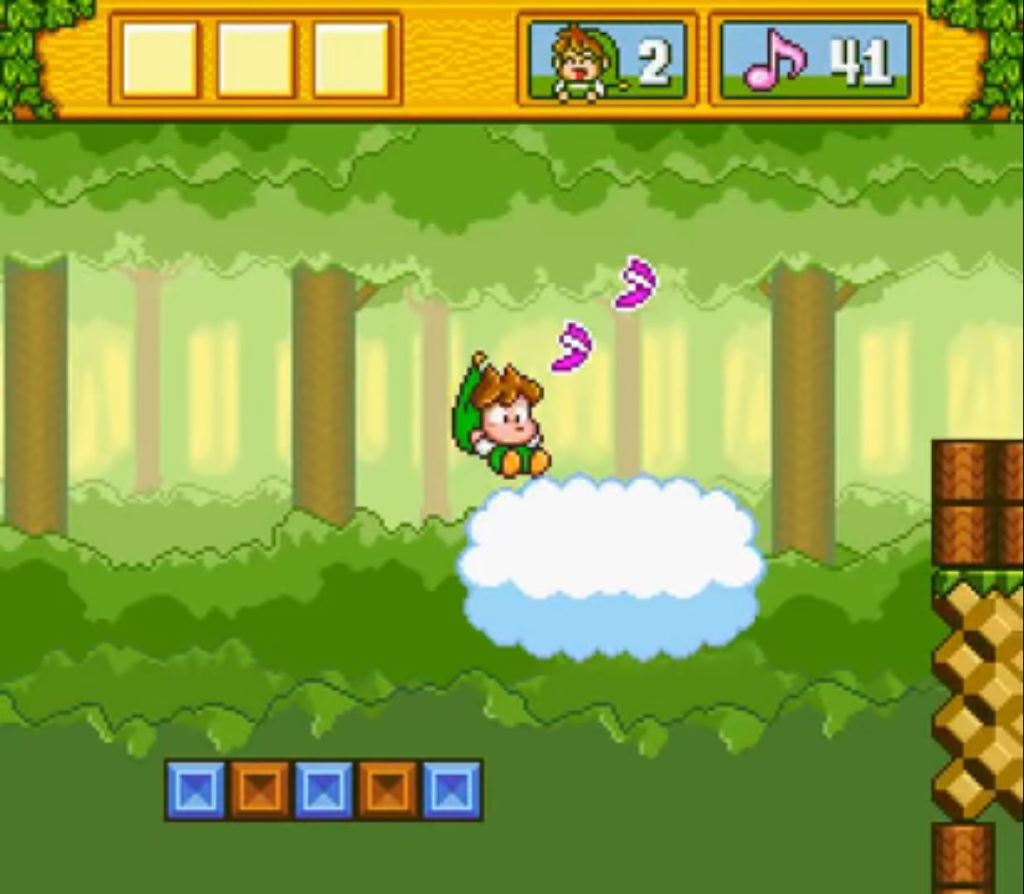
10. DoReMi Fantasy: Milon’s DokiDoki Adventure
As the only game on this list that wasn’t initially released outside of Japan, many gamers may not know that DoReMi Fantasy is a whimsical experience that features some of the key elements of Mario and Kirby’s best adventures in terms of gameplay and graphics. Starring a young child whose objective is to reclaim music for the forest, DoReMi utilizes some clever puzzles that may not be unusual for the platformer genre but certainly add to the fun.
The game got a Virtual Console release in North America in 2008, but that’s sadly the best chance many gamers have had in recent years to take a chance on this title. It’s a great example of how people should be more open to experiencing games that weren’t localized the first time around.
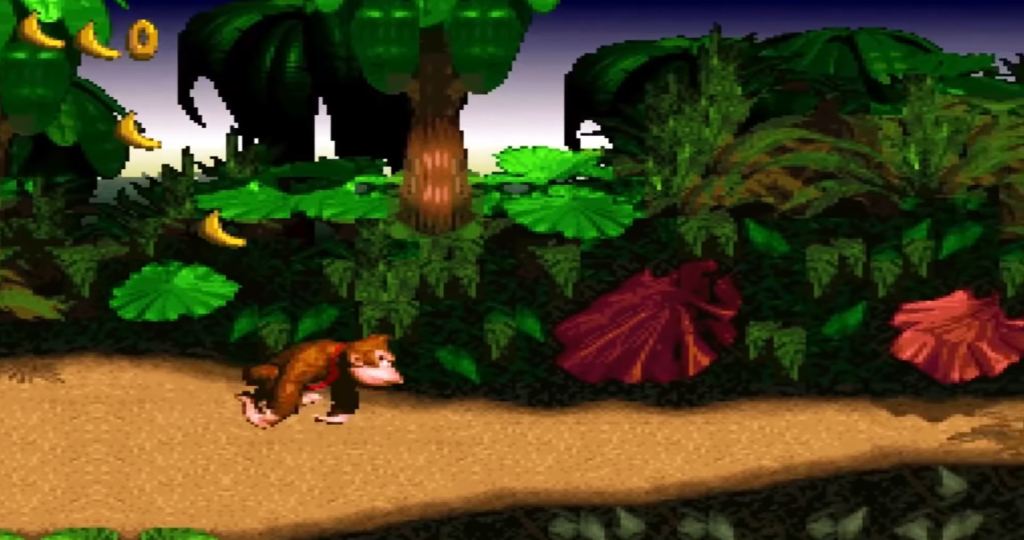
9. Donkey Kong Country
Perhaps the most famous game starring Nintendo’s lovable ape, the original Donkey Kong Country was Rare’s first big title for the SNES and practically started their decade-plus long relationship as a second-party developer with the Big N. Tasked with showing off off the console’s pre-rendered graphics system, the crew from Britain proved to be up to the task. Honestly, this game still looks halfway decent in 2021.
While the actual platforming is not as good as the Super Mario games on the SNES, it offered a different flavor of jumping that is still very much appreciated. The “weight” of Donkey Kong and Diddy means that the platforming is less flighty than in Super Mario games, and the rideable animal buddies you encounter along the way add a little flair to the experience.
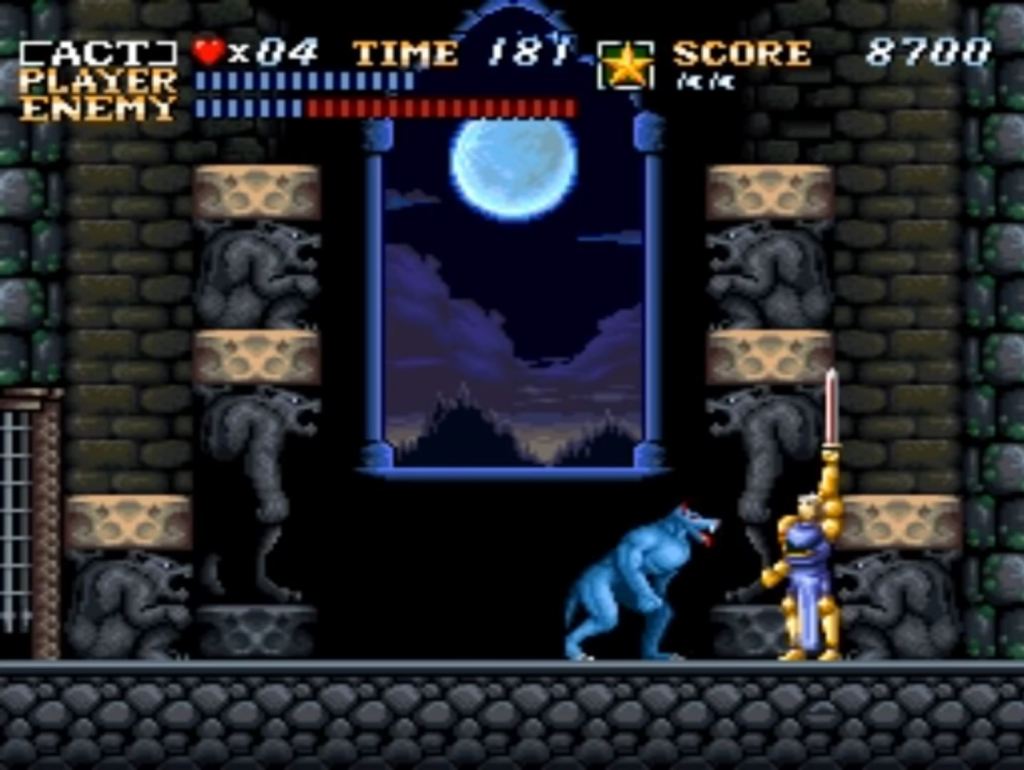
8. ActRaiser
As a game that serves as both an action-platformer and a God simulator, this underrated and forgotten gem from Enix and developer Quintet showed off the visual and audio capabilities of the SNES in the early days of the console. You play as the “Master” who is tasked with building towns around the world and fending off the evils that threaten them. It’s hard to juggle two completely different genres like that, but ActRaiser finds a great balance.
The game was re-released for the Wii Virtual Console in 2007 but has otherwise been paid little attention in the years since its release. That’s unfortunate because there aren’t many games from 30 years ago that provide this much depth and versatility. Both parts of the experience are extremely solid in their own right, and together add up to become something truly special.
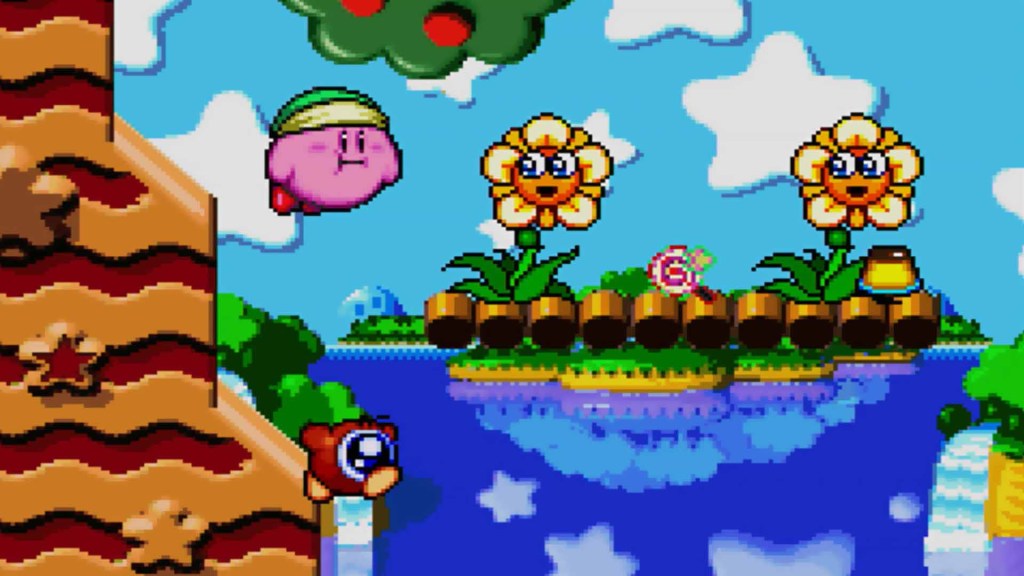
7. Kirby Super Star
Even the most ardent Kirby fans would probably agree that the franchise can get a little stale at times. There are only so many ways Kirby can suck an enemy up, transform his powers to match theirs, and ultimately defeat King Dedede. That’s why Kirby Super Star is still arguably the best game that the pink cutie pie has ever starred in.
Featuring eight different games within the game, the genre-mixing in this one is really off the charts. There are racing elements, adventure tones, and shooting sequences amongst the different sections of the playthrough. The experience was so beloved that it was eventually remade for the Nintendo DS as Kirby Super Star Deluxe. There is something for everyone in this package, and it shows the best parts of Kirby’s history.
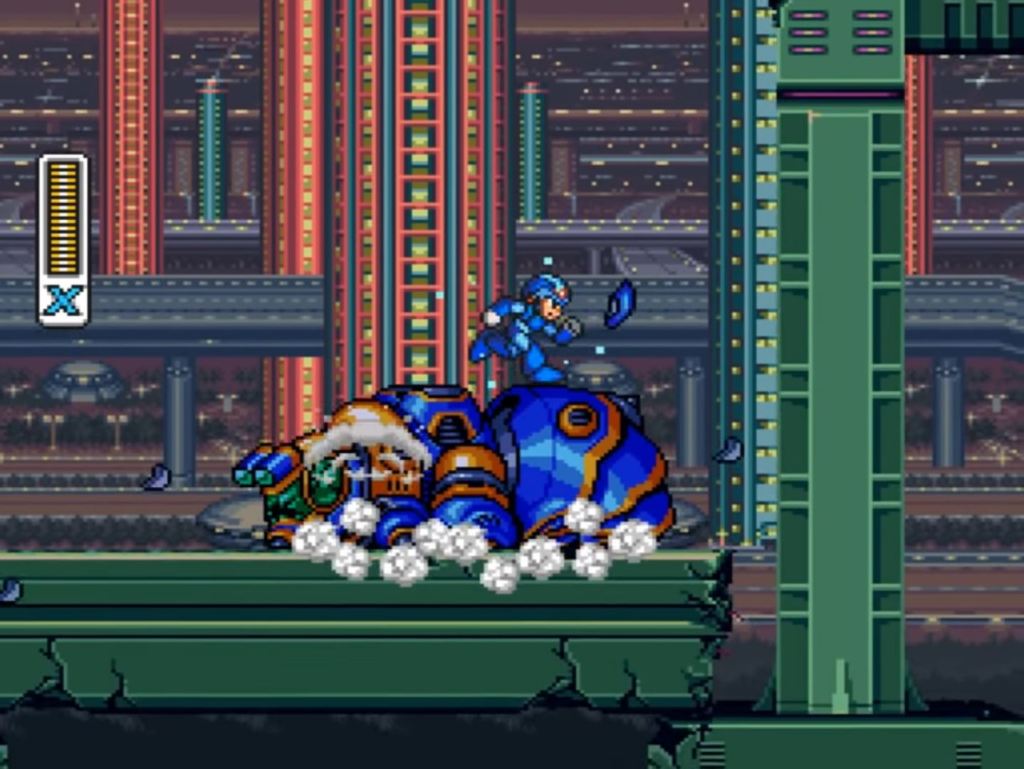
6. Mega Man X
The original run of NES Mega Man titles are arguably still more famous than all of the others, but Mega Man X just has more of what makes those games great. It retains the eight bosses and weapon upgrades that can be completed/acquired in whatever order the player chooses, and it even has that same incredible soundtrack that the Blue Bomber’s adventures are always famous for.
Mega Man X‘s graphical upgrades admittedly take some of that eight-bit nostalgia out of the experience, but the game ultimately makes up for it by offering new gameplay experiences. Jumping on walls and acquiring upgrades to defensive maneuvers gives Mega Man an even more badass skillset, and the game generally does an excellent job of emphasizing the “platforming” parts of its action-platformer mix.
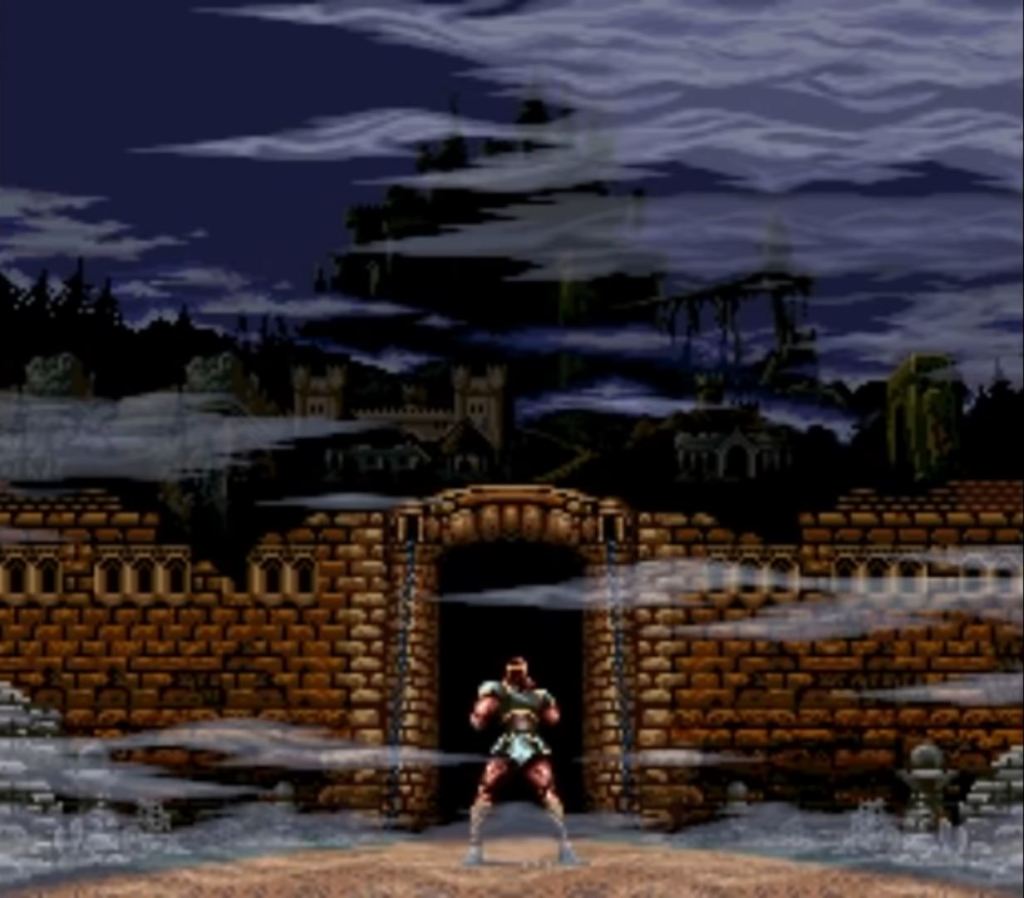
5. Super Castlevania 4
Super Castlevania 4 is actually a kind of soft remake of the original game, and the developers at Konami did a great job of making that game more digestible for newcomers while keeping all of the iconic elements from the classic NES title.
The Castlevania basics are all here (you still control Simon Belmont, equipped with his famous whip and ax, and battle through the game’s 11 stages before reaching Dracula), but an ideal mix of combat and platforming makes this one of the most irreplaceable platformers in the SNES catalog. It’s still an airtight action-platformer experience in 2021.
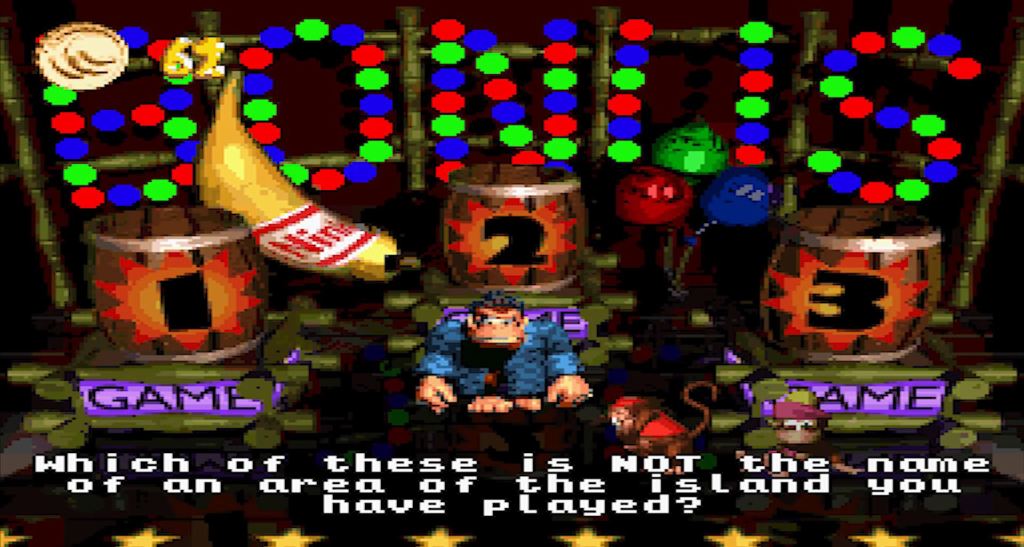
4. Donkey Kong Country 2: Diddy’s Kong Quest
The second game in the DKC trilogy took all of the best parts of the first title and refined them to create a truly unique platforming game that was a lot more than fancy graphics (a reputation the original game has had a hard time shaking). Diddy’s Kong Quest expanded upon the game design that fans loved while keeping the jungle hijinx, masterful soundtrack, and weighted platforming intact.
That last part is what truly separates the middle installment of this franchise from the other two. Many people have said that these games were sometimes more style than substance, but after playing through the myriad of environments on display in DKC 2, it becomes clear that this title has endured over the years because its tight mechanics are executed at a high level.

3. Super Metroid
If this list were just a ranking of 2D games or if it encapsulated the entire SNES library regardless of genre, Super Metroid would most likely take the top spot. Alas, this icon of game design settles in the third spot because it isn’t the best example of a “pure platformer.” It’s more of an action/adventure affair, though the game’s platforming elements are still as satisfying now as they were in the 1990s.
What separates this game from so many that have tried to emulate it in the nearly three decades since release is that every ability upgrade and every part of the map fits together with nearly flawless foresight and execution. It’s never a hassle to re-explore a section that you’ve already seen. The game has a masterful flow that is incredibly modern and perhaps even more popular today because of the prominence of this design style on the indie game scene.
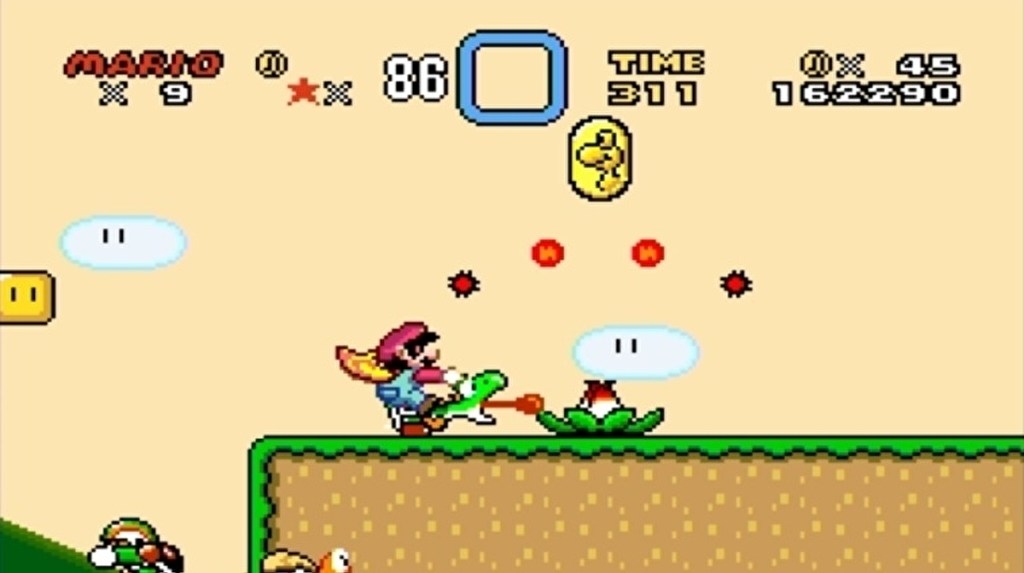
2. Super Mario World
With its flawless controls, colorful sprites, cheerful soundtrack, and ageless platforming, Super Mario World is the title that all other 2D games in the genre are still compared to. The extra graphical power of the SNES gave Nintendo the opportunity to expand upon Super Mario Bros. 3‘s best ideas while exploring new concepts that simply weren’t possible before.
That is why this game remains so playable. Super Mario World combines the most enjoyable elements of the NES Super Mario classics and then elevates them to fully realize the world that Miyamoto imagined when this basic concept was created. It still doesn’t make sense to have a plumber jumping on top of turtles and occasionally getting lost inside of a house full of ghosts (those damn Boo mansions still haunt me), but when you combine this much creativity into one package, you have no choice but to admit how special it all is.
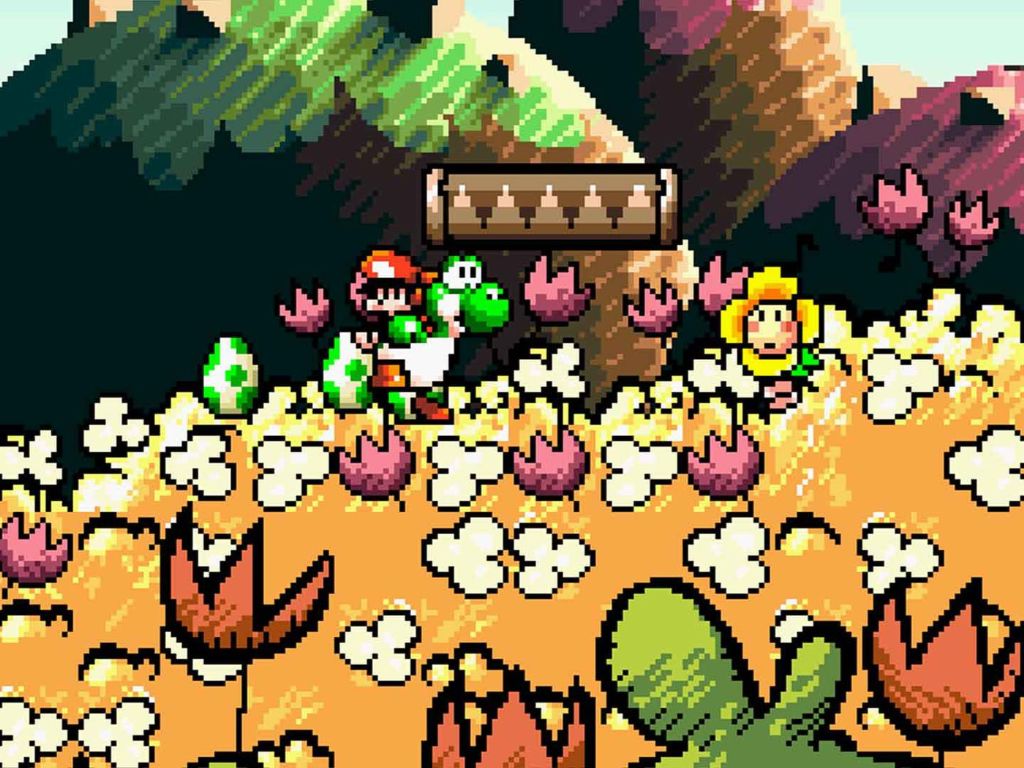
1. Super Mario World 2: Yoshi’s Island
Shigeru Miyamoto and his team knew that it was futile to try and surpass Super Mario World simply by emulating it. So when developing the sequel, they made the decision to craft an entirely different type of platformer in which Mario isn’t even the main protagonist. The concept was bold, but the execution needed to be flawless if the game was ever going to be more than another disappointing follow-up.
It’s safe to say Yoshi’s Island exceeded all expectations. Putting Yoshi at the forefront of a platformer that included mini-games, evasion, puzzle-solving, item collection, and the most timeless color palette in gaming history was brilliance personified. Yoshi’s Island is not as famous as its older sibling, but its daring creativity and irreplaceable charm have inspired many to argue that it is the better game in retrospect. Whatever your opinion is, the fun and escapism of the green dinosaur’s finest hour (as well as the horrors of Baby Mario’s screams) will be remembered until the end of gaming.

